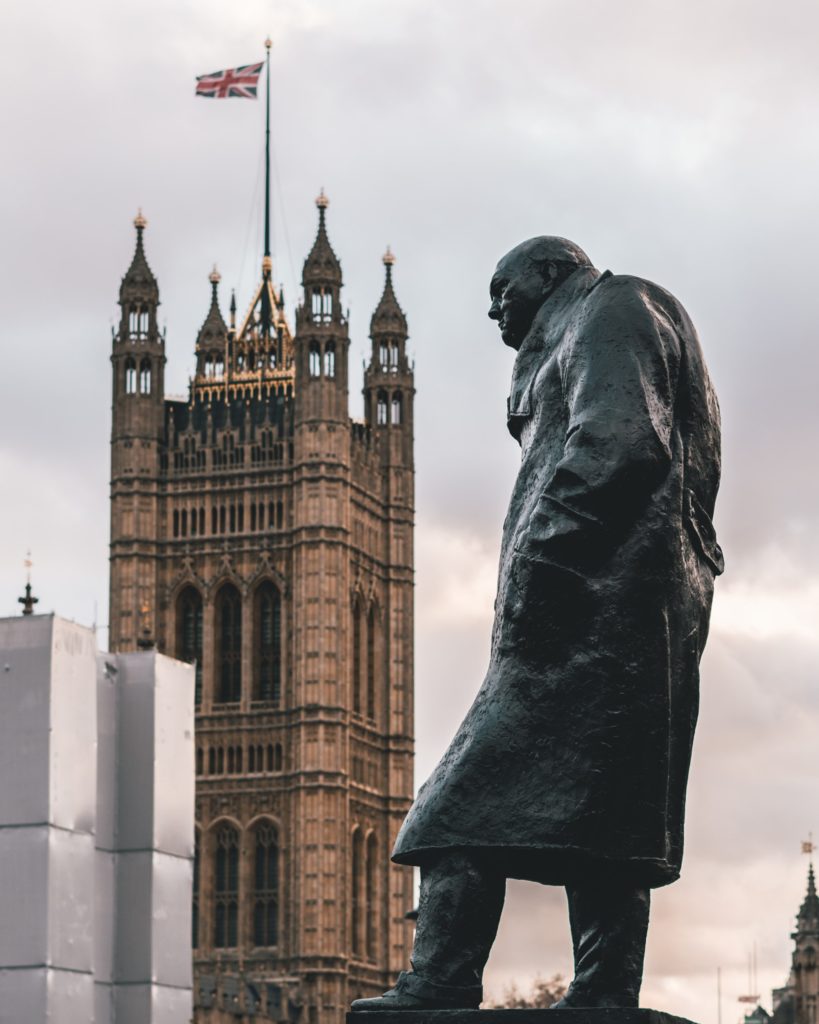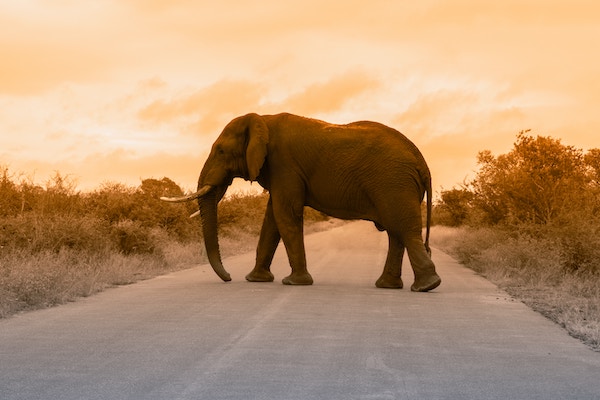It’s been more than 40 years since Margaret Thatcher became the first female Prime Minister of the United Kingdom. To celebrate Thatcher’s achievements, we mapped all 54 of the United Kingdom’s Prime Ministers, their hometowns, and more.
But first, let’s talk about why Margaret Thatcher is so special. Did you know that if Thatcher were a Duchess, she would have a completely different title from every other Prime Minister to date? Also special about Thatcher is her hometown. She didn’t grow up in a place that produced many Prime Ministers. Plus, she is one of the top five Prime Ministers with the longest term length. However, Thatcher also has a few commonalities with the Prime Ministers of the past. For example, she aligns herself with the most-elected Prime Minister political party of all time.
Now that you know all about Thatcher, it’s time you get to know the titles, hometowns, term lengths, and political parties of the rest of the U.K.’s Prime Ministers.
View Prime Ministers by Hometown in a full screen map
Click around the map above to learn facts about each of the United Kingdom’s 54 Prime Ministers. Then, read on for the trends we pulled from the data.
Prime Minister’s Ever-Changing Roles, Titles, & Parties
The role of the U.K. Prime Minister is quite simple: be the head of government for the entire country. The Prime Minister is in charge of the executive branch of government and holds a house majority within the legislature. The PM may also add “enacting the monarch’s will” and “advisor to the King or Queen of the United Kingdom” to their resumè.
Alternating Titles of the Prime Minister
If, after taking a look at the map, you’re wondering, what is up with all these names, you’re not alone. We were also curious about what The Right Most Graceful could signify. As it turns out, there are three different titles a newly-minted Prime Minister may be dubbed:
- His Grace
- Dukes or Duchesses
- The Most Honourable
- Marquesses
- The Right Honourable
- Everyone else
Forty-seven Prime Ministers our of 54 hold the title of “The Right Honourable,” spelled in the way only the British would. If you yourself manage to score the position of PM, you too will likely be referred to as “The Right Honourable.” This is the automatic title for the Prime Minister, but some may be called “The Most Honourable” instead of “The Right Honourable.” This title is reserved for PMs who already are Marquesses, of which there have been two in history. These folks are Marquesses and Prime Ministers, making the distinction necessary. If a Prime Minister turns out to be a step above a Marquess, called a Duke, they get a title fit for a king: His Grace. Five Prime Ministers earned this title. We want to know if Margaret Thatcher was also a Duke — or Duchess in this case — would we call her Her Grace? Or would we see the creation of an all-new title?
Prime Minister Party Time
By our count, the most popular Prime Minister political party have been the Conservatives. Seventeen of the 54 PMs were of the Conservative party. The second most common party of PMs are the Whigs, of which there were 13. There have also been nine Tory-affiliated Prime Ministers and five Liberal PMs. There have also been five Labour candidates who won the highest elected office in the U.K. Finally, there has been one Peelite Prime Minister, along with others who transitioned from one political party to another. You can see who jumped their party’s ship on the map above by sorting by Party.
Where Do Most Prime Ministers Grow Up?
It may not come as much of a surprise to find out that the majority of the United Kingdom’s Prime Ministers hail from London, England. After all, London is the capital and the largest city in both England and the United Kingdom. Not only that, but there are the Prime Ministers who were born in the city of London and those who were born in Middlesex, an ancient county in England that is now entirely within the area of London. In total, fifteen Londoners and Middlesexers went on to become Prime Minister, indicating that if being PM is your goal, you may want to be born in London. Send a letter to your parents from the womb, Prime Minister hopefuls.
In addition to London, those from Yorkshire can also find hometown representation in Prime Ministers. There have been four PMs who call Yorkshire home. Edinburgh, Scotland, and Lancashire, England each churned out three PMs as well. Finally, Buckinghamshire, Kent, Surrey, and Sussex, England along with Dublin, Ireland produced two Prime Ministers each.
Non-Native PMs
While today the United Kingdom is made up of England, Northern Ireland, and Scotland, this hasn’t always been the case. At one point, Scotland and Ireland were separate from England. However, this history didn’t stop the following men from becoming Prime Ministers.
The Right Honourable William Petty, Prime Minister beginning in 1782 and Field Marshal His Grace Arthur Wellesley (1828) may have been in charge many years apart, but they are both from Dublin, Ireland. They are the only two Irish-born Prime Ministers in history. The Right Honourable John Stuart (1762), The Right Honourable George Hamilton-Gordon (1852), and The Right Honourable Tony Blair (1997) were all born and raised in the capital of Scotland: Edinburgh.
Other notable Scots who held the title include The Right Honourable Arthur Balfour, from East Lothian who became Prime Minister in 1902, The Right Honourable Sir Henry Campbell-Bannerman from Glasgow, who was PM in 1905, The Right Honourable Ramsay MacDonald hailing from Moray and Prime Minister in 1924, and more recently, The Right Honourable Gordon Brown from Renfrewshire, Scotland who was Prime Minister from 2007 to 2010. As for the single North American Prime Minister in the United Kingdom? The Right Honourable Bonar Law was from Kingston, Colony of New Brunswick, which is now apart of Canada. He became Prime Minister in 1922.
Double Dipping Prime Ministers
Unlike in the United States, as long as a PM win elections, he or she may continue to serve as Prime Minister until their passing.
These PMs each has been elected into the position two times:
- His Grace Thomas Pelham-Holles
- The Most Honourable Charles Watson-Wentworth
- The Right Honourable William Pitt the Younger
- His Grace William Cavendish-Bentinck
- Field Marshal His Grace Arthur Wellesley
- The Right Honourable William Lamb
- The Right Honourable Sir Robert Peel
- The Right Honourable John Russell
- The Right Honourable Henry John Temple
- The Right Honourable Benjamin Disraeli
- The Right Honourable Ramsay MacDonald
- The Right Honourable Sir Winston Churchill
- The Right Honourable Harold Wilson
More unbelievable are the Prime Ministers who went on to serve a third term:
- The Right Honourable Edward Smith-Stanley
- The Most Honourable Robert Gascoyne-Cecil
- The Right Honourable Stanley Baldwin
And finally, just one PM served four terms: The Right Honourable William Ewart Gladstone
The Longest Terms
The Right Honourable Sir Robert Walpole’s time as Prime Minister lasted for 7,615 days or nearly 21 years. This is the longest of any Prime Minister ever. The next longest term belongs to The Right Honourable William Pitt the Younger. He served for 6,291 days (just over 17 years) during his first term. He then went on to serve a second term of one year and 259 days, for a total of 6,915 days in office. Finally, The Right Honourable Robert Jenkinson served the third longest term of 5,416 days or 59 days short of 15 years.
Now that you’ve become an expert on all things Prime Minister, it’s time to do the same with analyzing data in Excel. And if we’ve piqued your interest enough in the U.K., note that with BatchGeo you can easily geocode international addresses, including places where you’ve been (and where you want to go) in the U.K. or elsewhere.




 This Endangered Animals Map was made with
This Endangered Animals Map was made with 
